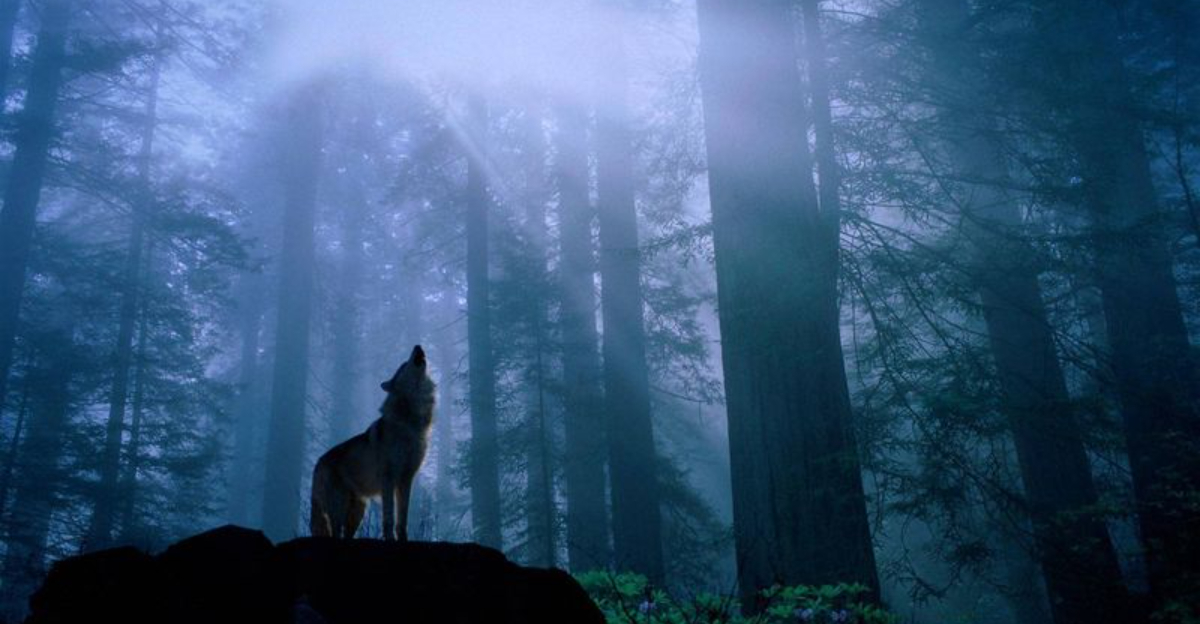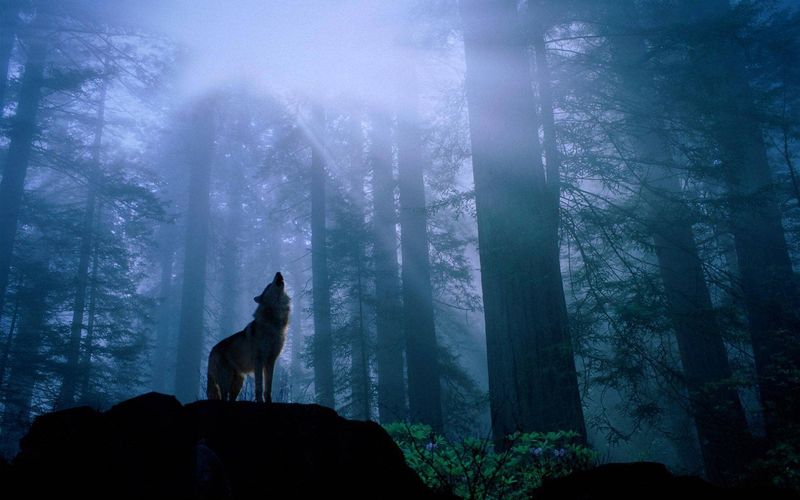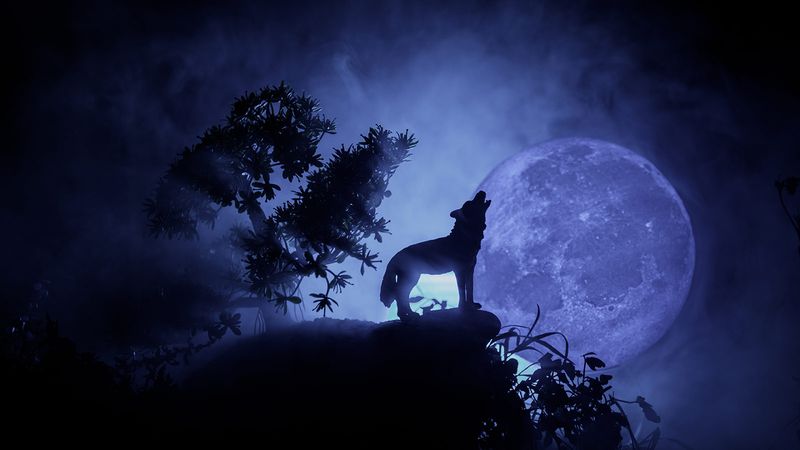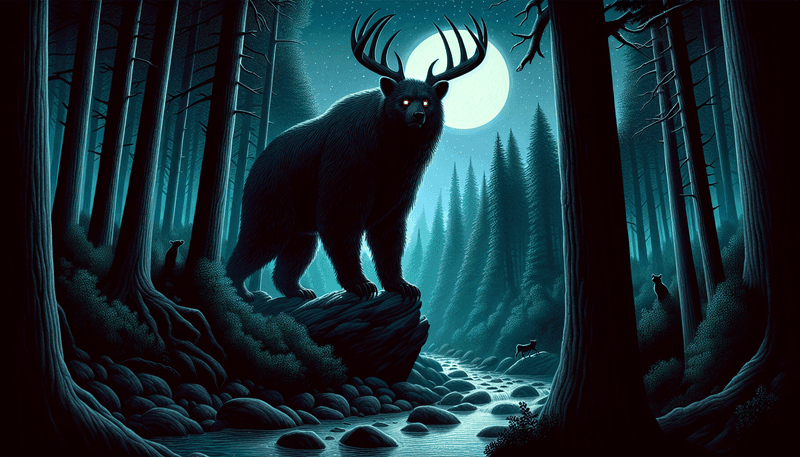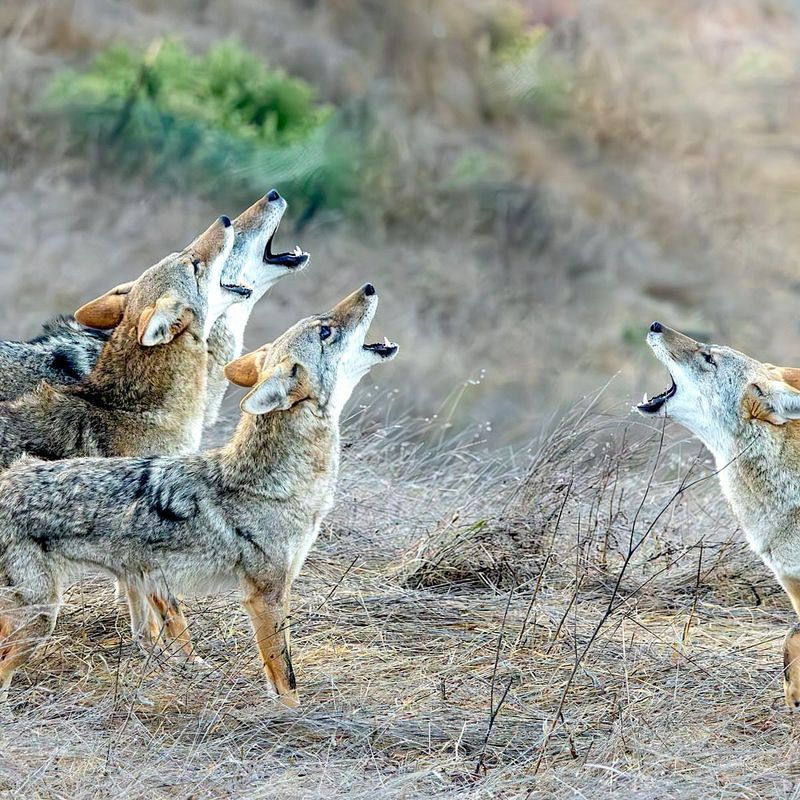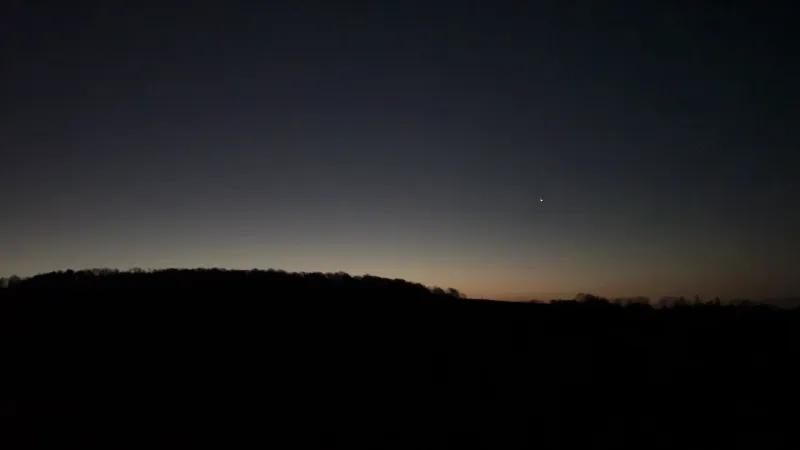There’s something haunting and powerful about a howl cutting through the night. It stirs primal instincts, sparks ancient legends, and connects us to creatures that live by moonlight and instinct. From wolves to folklore to eerie natural phenomena, the midnight howl is more than a sound—it’s a symbol of mystery, connection, and survival.
Voices of the Pack: Why Wolves Howl Together
Wolves are the masters of the midnight chorus, their howls weaving through forests and mountains like living echoes. But why do they howl? Far from being random noise, howling is a deeply social behavior. Packs use it to coordinate hunts, reunite after separation, or warn rival packs to stay away.
Each wolf has a unique voice, allowing pack members to identify who’s calling. Contrary to popular belief, wolves don’t necessarily howl at the moon—they’re just more active at night, and their raised heads help project sound over long distances. Studies show howling strengthens social bonds, especially among close companions.
It’s not just communication—it’s community. In the stillness of night, the howl becomes a lifeline, a declaration, and a call to belonging. The sound travels farther at night, creating an acoustic map of their territory.
The Lunar Link: Do Animals Really Respond to the Moon?
Full moons have long been linked to strange behavior in both animals and humans, but is there science behind the superstition? In the wild, some species do adjust their behavior based on moon phases. Predators like lions and wolves may hunt less during full moons, as the brightness makes it harder to stalk prey.
Meanwhile, nocturnal prey animals like rodents may hide more, sensing the extra light as increased danger. Amphibians often time their mating calls with lunar cycles, and corals release eggs in synchronized moonlit bursts.
Even domesticated pets have been known to act unusually during full moons—pacing, barking, or meowing at shadows. While the moon doesn’t cast spells, it does cast light, subtly shaping the rhythms of life beneath it. And when paired with a howl, it becomes a timeless duet of nature’s most ancient sounds and sights.
Midnight Myths: The Howl in Folklore and Legend
Across cultures and centuries, the howl has been wrapped in myth and mystery. In European folklore, a wolf’s howl at midnight was said to herald danger—or transformation. The werewolf legend, for example, paints the howl as the final echo before man becomes beast under a full moon.
In Native American traditions, wolves are seen as spirit guides, and their howls are sacred songs of guidance and protection. In Japan, the okuri-inu, or “sending-off dog,” is said to follow travelers at night, howling to protect them—or punish them if they stumble.
These tales use the howl as both a warning and a blessing, a sign of presence from another world. Whether feared or revered, the midnight howl has always stirred something deep within the human soul—a reminder of the wild forces just beyond our reach.
The Silent Howlers: Canines That Communicate Differently
Not all canine howls sound the same. Coyotes yip and yap in rising choruses, jackals have a manic, laughter-like howl, and domestic dogs vary widely—some rarely howl, while others answer every passing siren. Interestingly, not all wild canines howl to communicate.
African wild dogs, for example, rely more on chirps, squeaks, and body language to coordinate their complex pack dynamics. Dingoes in Australia do howl, but theirs is a low, drawn-out tone used to signal territory and family connection.
Even foxes have a vocalization that resembles a scream more than a classic howl. These differences show how evolution shapes communication based on environment, need, and social structure. So the next time you hear a lone howl, know it’s just one voice in a chorus of global canines—each with its own way of crying out into the night.
Echoes in the Dark: How Sound Travels at Night
Ever wonder why howls and other nighttime sounds seem louder, sharper, and more haunting after dark? That’s not just your imagination—it’s physics. At night, cooler temperatures near the ground and warmer air above create a condition called temperature inversion, which allows sound to travel farther and clearer.
This means a wolf’s howl or an owl’s hoot can echo across miles. Add the general quiet of the night—less wind, fewer human activities—and these sounds become even more prominent. Natural acoustics turn wilderness into a vast amphitheater, and creatures have adapted to use this to their advantage.
Howling at midnight isn’t just emotional—it’s efficient. It’s the perfect time to be heard, to find each other, or to stake a claim in the dark. In the hush of the wild, every echo tells a story—and the night listens closely.
